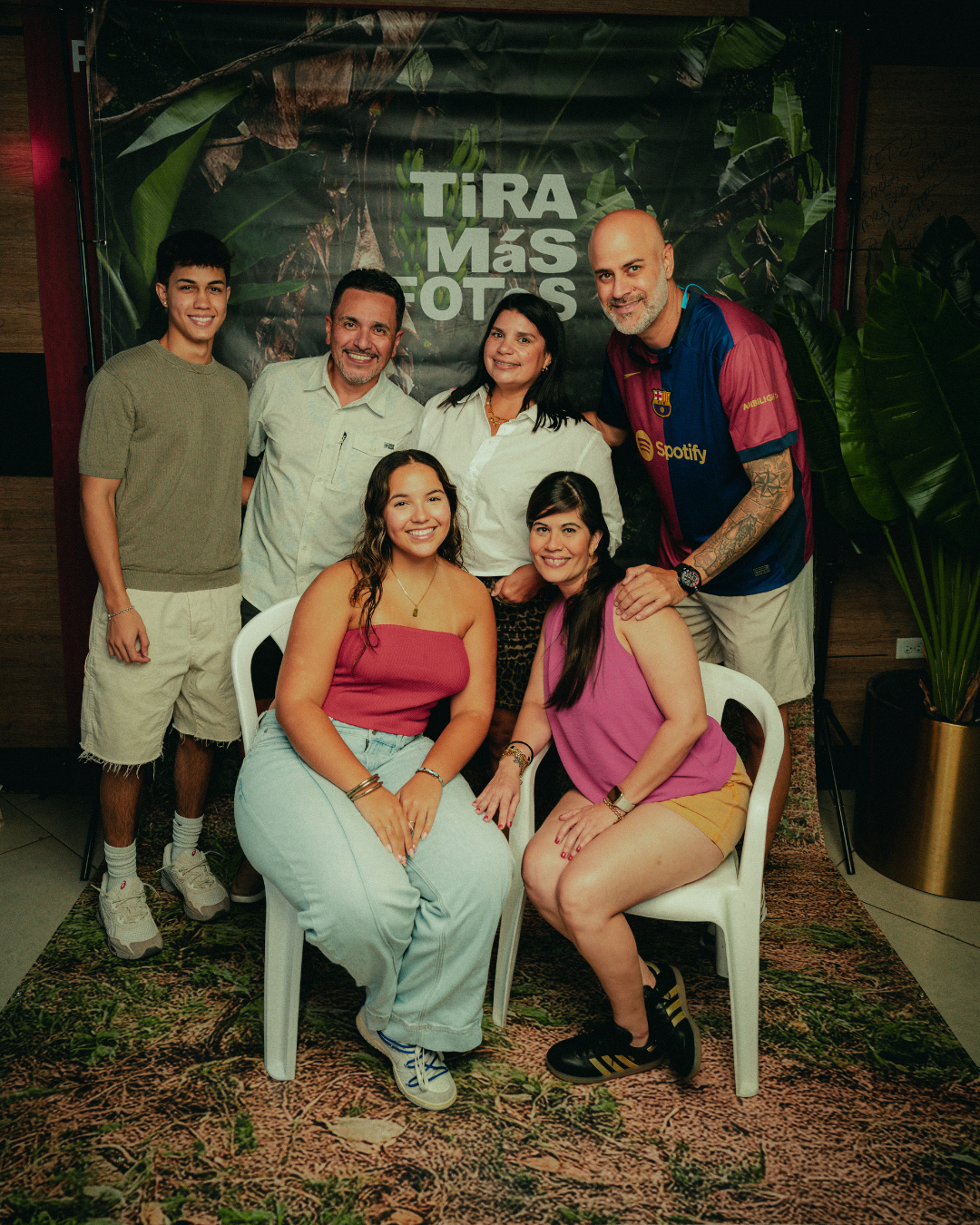BAD BUNNY, PUERTO RICAN IDENTITY AND DIASPORA PRIDE
ADRIANA CASIANO SHARES HOW THE PUERTO RICAN POP STAR INSPIRES MILLIONS TO CELEBRATE THEIR CULTURE WITH PRIDE.
This article was written by Adriana Casiano and edited by Collette Grimes.
When Bad Bunny returns to Puerto Rico — as he did for his 30-night residency at the Coliseo de San Juan — it is not merely a concert tour. It is a statement of identity, a reclamation of culture, and, for many Puerto Ricans in the diaspora, a deeply felt invocation of home. His latest album, DeBí Tirar Más Fotos, weaves bomba, plena, jíbaro folk rhythms and New York–Puerto Rican slang into a narrative of colonial critique and diasporic longing. In doing so, it has stirred a new wave of pride among Boricuas off the island.
In Hartford, generations of Boricuas say Bad Bunny has reignited a sense of connection.
Puerto Ricans make up roughly 34 percent of Hartford’s population, underscoring the concentration of diaspora communities in New England. In Connecticut as a whole, Puerto Ricans account for over half of the Hispanic population — the highest share in any U.S. state.










In New York City, where Puerto Rican history is deeply embedded, non-Puerto Rican fans have also taken note. “You can tell how passionate he is about where he came from and it’s really nice to see someone take pride in their culture this way,” says Nicole who came with her friend to Puerto Rico from New York, inspired by his passion and patriotism despite not being Boricua herself. “He’s mainly what I listen to out of everything.”
Bad Bunny’s influence abroad is not simply cultural, but civic. His music video for “NUEVAYoL places the Puerto Rican flag atop the Statue of Liberty, an unmistakable symbol of diasporic assertion. Songs like “Lo Que Le Pasó a Hawaiʻi” criticize gentrification and displacement, reminding the diaspora that migration does not erase colonial histories.
Across diaspora communities, Bad Bunny’s unapologetic embrace of Puerto Rican Spanish, jíbaro musical forms and nationalist sentiment has helped younger generations articulate a new patriotism — one rooted not in territorial belonging, but in shared struggle, resilience and joy. In Hartford, New York or San Juan, the flags wave a little higher, the conversation about home becomes a little louder — and for Puertorriqueños everywhere, the music reminds them that they belong.


